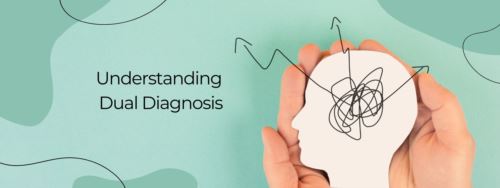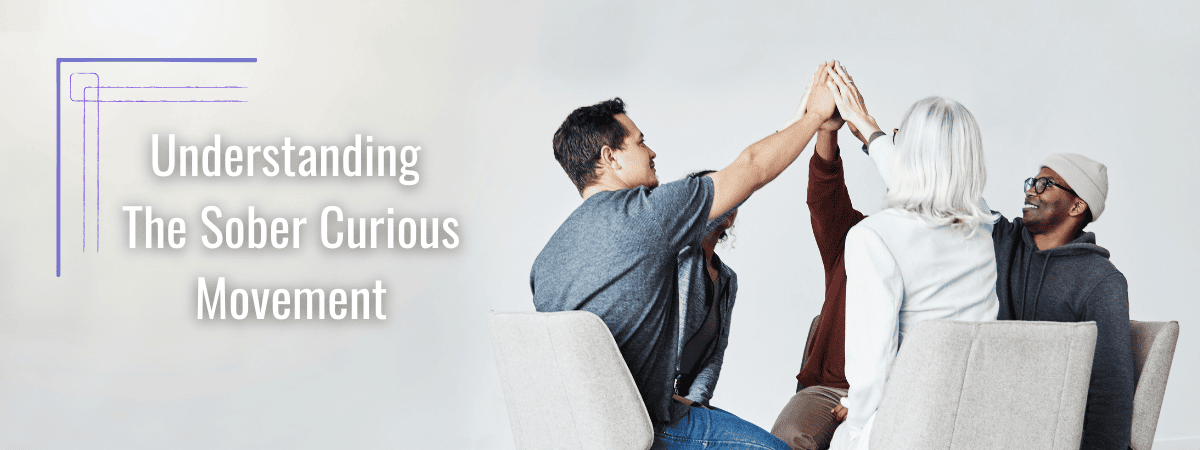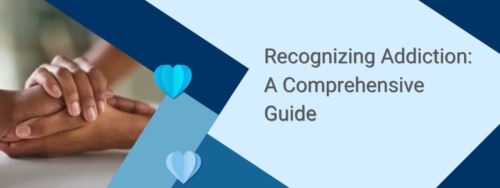

The Surge of the Sober Curious Movement: Rethinking Alcohol in Modern Culture
In recent years, Millennials and Gen-Zs have become more active than previous generations in reevaluationg their lifestyle and health choices—whether it’s boosting water intake, reducing the amount of sweets and processed foods, or exercising more regularly. More individuals are now applying this same thoughtful approach to alcohol consumption, fueling the surge of the sober curious movement. The aim is for healthier habits where one can still enjoy themselves without ever getting concerned about requiring treatment for alcohol use.
This movement marks a societal change away from established practices, confronting deep-seated beliefs about alcohol. Differing from abstinence-focused recovery approaches, sober curiosity supports intentional, health-driven drinking habits as opposed to total sobriety. It's often connected to new commitments or standard resolutions like "Dry January."
What Does ‘Sober Curious’ Really Mean?
Becoming sober curious doesn’t automatically mean eliminating alcohol forever. Rather, it’s about:
- Intentionally lessening alcohol intake to improve well-being
- Choosing to drink only in specific situations rather than out of habit
- Exploring alcohol-free alternatives and sober social events
- Being more engaged and aware during social gatherings and special occasions
This practice resonates strongly with younger adults, who are more likely to challenge established beliefs and pursue healthier options.
Unlike other abstinence approaches, sober curious is just as much a social movement as it is an individual journey. Sober curious influencers like Olivia Noceda and Austin Cooper have found followings on Instagram, popularizing the sober lifestyle. Alcohol-free gatherings are becoming trendy, many with themed non-alcoholic libations. Then there are the social activities, like Sober October, Dry January, and the viral “1 Week No Booze Method.”
The Affect of the Sober Curious Trend
The sober curious movement encourages individuals to experiment with sobriety. Research shows that:
- 22% of American adults took part in Dry January in 2025, a 5% growth over 2024 (Morning Consult)
- 52% of Gen-Z say they are planning to reduce alcohol intake (NCSolutions)
- The worldwide alcohol-free beverage market is projected to reach $1.6 trillion by 2025, indicating rising desire for alcohol-free substitutes (Statista)
The COVID-19 pandemic could have intensified the sober curious trend, as people focused on their physical and mental health and reconsidered their relationship with alcohol. However, it is still an increasing trend with Gen Z and Millennials.
Sober Curious vs. Recovery: Recognizing the Difference
It’s important to note that being sober curious is very different from being in recovery from alcohol use disorder or experiencing detox and rehab. Differing from those who stop using as a result of substance use disorders (SUDs), sober curiosity is a personal lifestyle choice rather than a medical requirement. Even so, it can still be beneficial for those who:
- Feel compelled to drink in public situations
- Want to understand their drinking practices
- Encounter negative impacts from drinking (e.g., anxiety, reduced energy levels, or sleep disruptions)
While some individuals might naturally transition into full sobriety, others determine moderation to be the best fit for their life.
How to Explore Being Sober Curious
Curious about trying it for yourself? Here are several ways to incorporate sober curiosity into your day-to-day life:
- Plan alcohol-free activities: Choose game nights, nature walks, or social get-togethers that don’t revolve around drinking.
- Talk with friends: Help them understand why reducing the use of alcohol is meaningful to you.
- Establish personal drinking limits: Some individuals adopt rules like “no alcohol during the week” or “one drink maximum at social events.”
- Explore alcohol-free options: Many nightspots and restaurants now offer mocktails and non-alcoholic options to serve the sober curious crowd.
- Sample non-alcoholic alternatives: The emergence of zero-proof spirits, alcohol-free beers, and organic mocktails makes it easier than ever to experience an evening out without alcohol.
Sober Curious Content Creators and Groups
Social media has played a significant role in sharing the sober curious trend. Celebrities, content creators and lifestyle advocates openly discuss their stories about limiting alcohol use, helping to destigmatize the decision to not drink as much.
There are also support groups, virtual communities, and sober social events where people discuss their personal journeys, recommendations, and obstacles. While 12-step groups like AA emphasize addiction recovery, the sober curious focus is more about personal change and empowerment.
Navigating Social Settings as Sober Curious
One of the main challenges of being sober curious is handling social expectations around drinking. Many individuals face pressure from friends, coworkers, or family to “just drink one.”
To make the transition easier:
- Set boundaries early: Be clear about your desire to cut down.
- Have a go-to response: Instead of overexplaining, simply declare, “I feel better without drinking.”
- Pack your own beverages: Having a non-alcoholic beverage in hand can help avert tricky conversations.
- Establish a support group: Socialize with like-minded individuals who respect your decisions.
When Being Sober Curious Isn't All You Need
While sober curiosity is a healthy option for many, it’s essential to understand when alcohol dependence may require specialized healthcare. If reducing usage feels unreachable or results in withdrawal symptoms, it could be an indicator of alcohol use disorder (AUD).
If alcohol is detrimentally affecting on your relationships, mental health, or career, consider finding guidance from healthcare specialists. Sunrise Detox Cherry Hill offers understanding, medically directed care to help patients quit using carefully and develop a more promising future. Reach out to us today at 856-333-3783, we're prepared to help 24-hours a day, every day of the year.
 When mental illness lies at the root of your substance use, your first step toward recovery is treating both with detox and therapy.Read Full Article
When mental illness lies at the root of your substance use, your first step toward recovery is treating both with detox and therapy.Read Full Article Addiction affects family members too. Learn how to support a loved one with a substance use disorder and get support for yourself.Read Full Article
Addiction affects family members too. Learn how to support a loved one with a substance use disorder and get support for yourself.Read Full Article How can we support truckers with mental health and substance use disorders? The Drive podcast talks with Sunrise Detox to find out.Read Full Article
How can we support truckers with mental health and substance use disorders? The Drive podcast talks with Sunrise Detox to find out.Read Full Article

